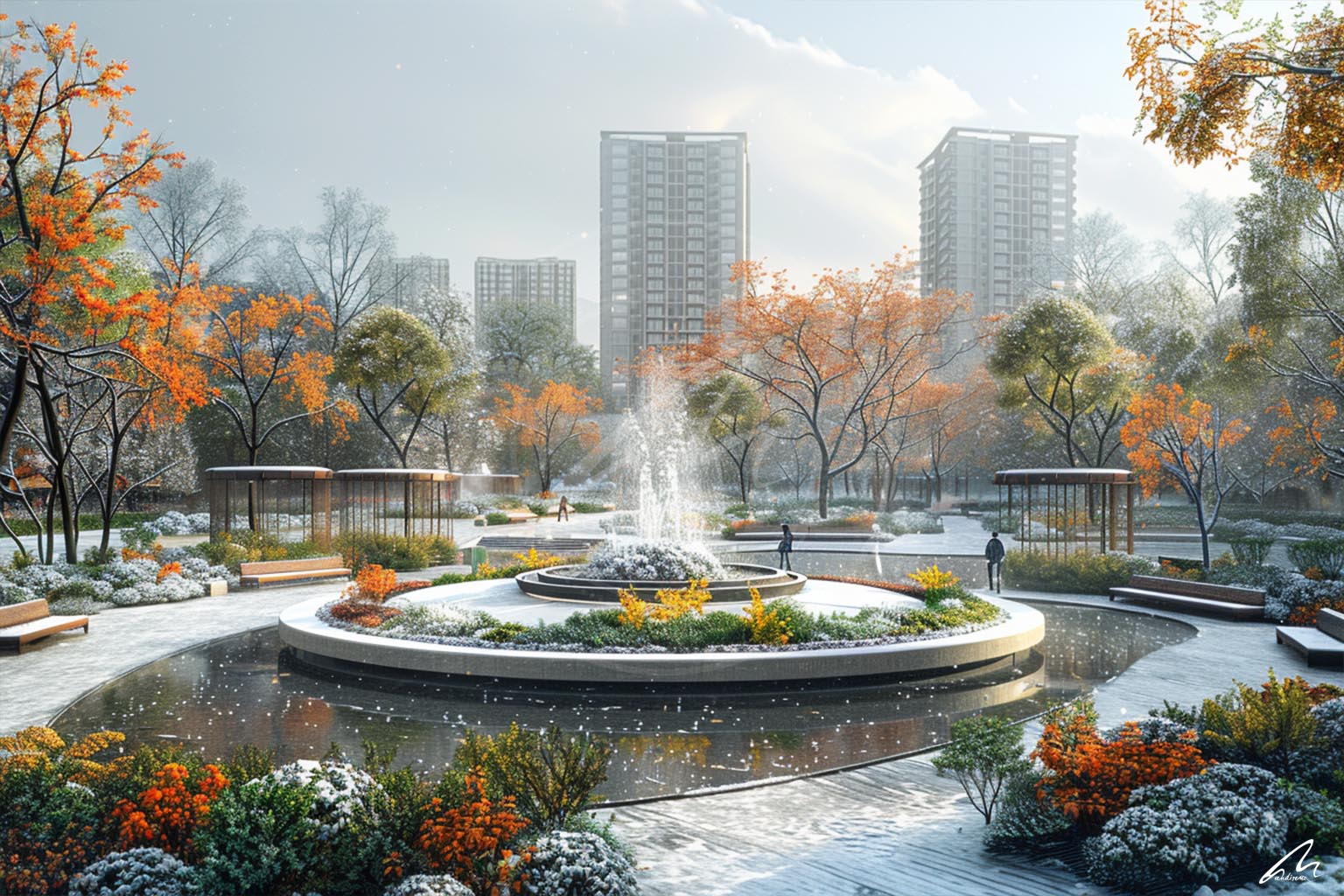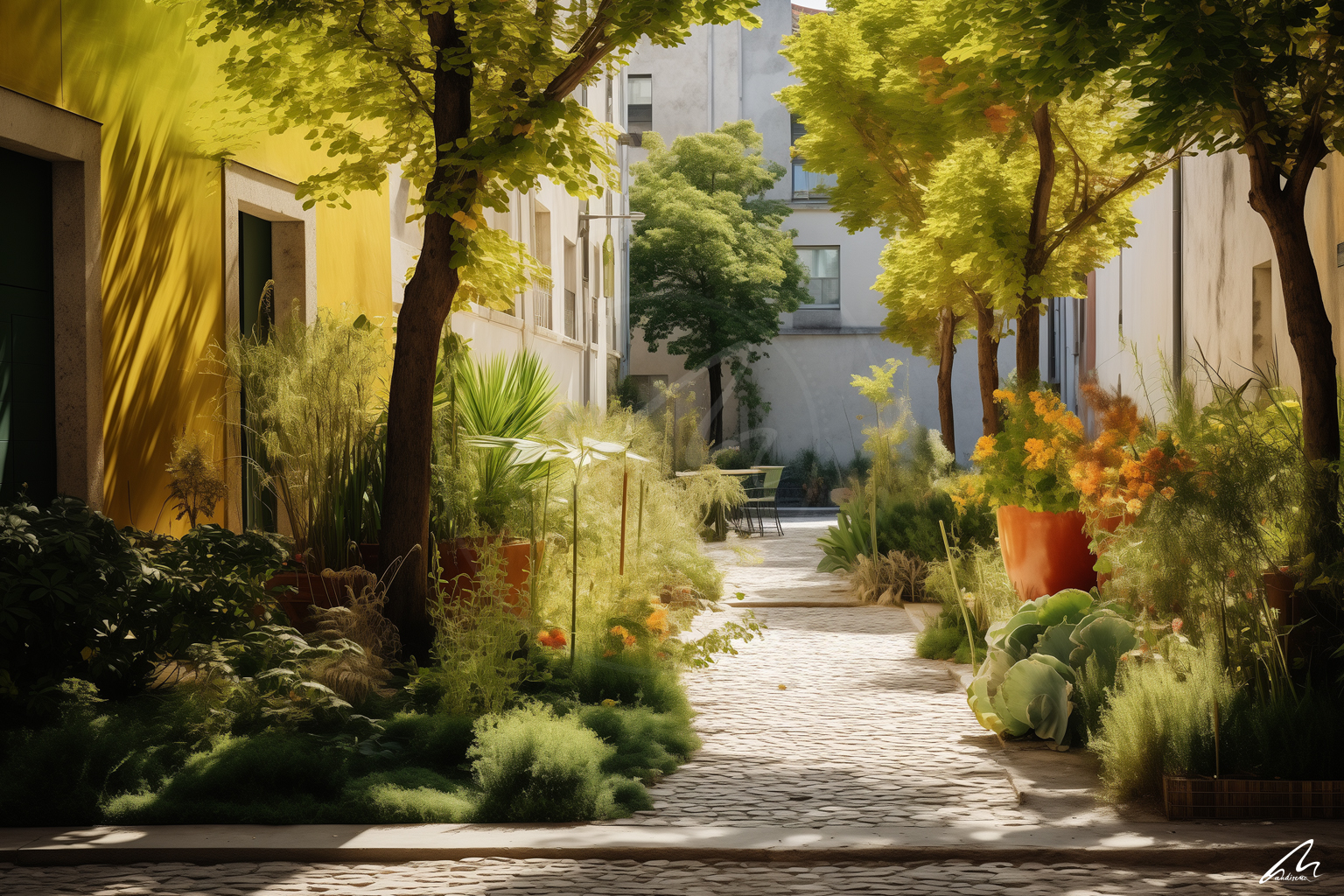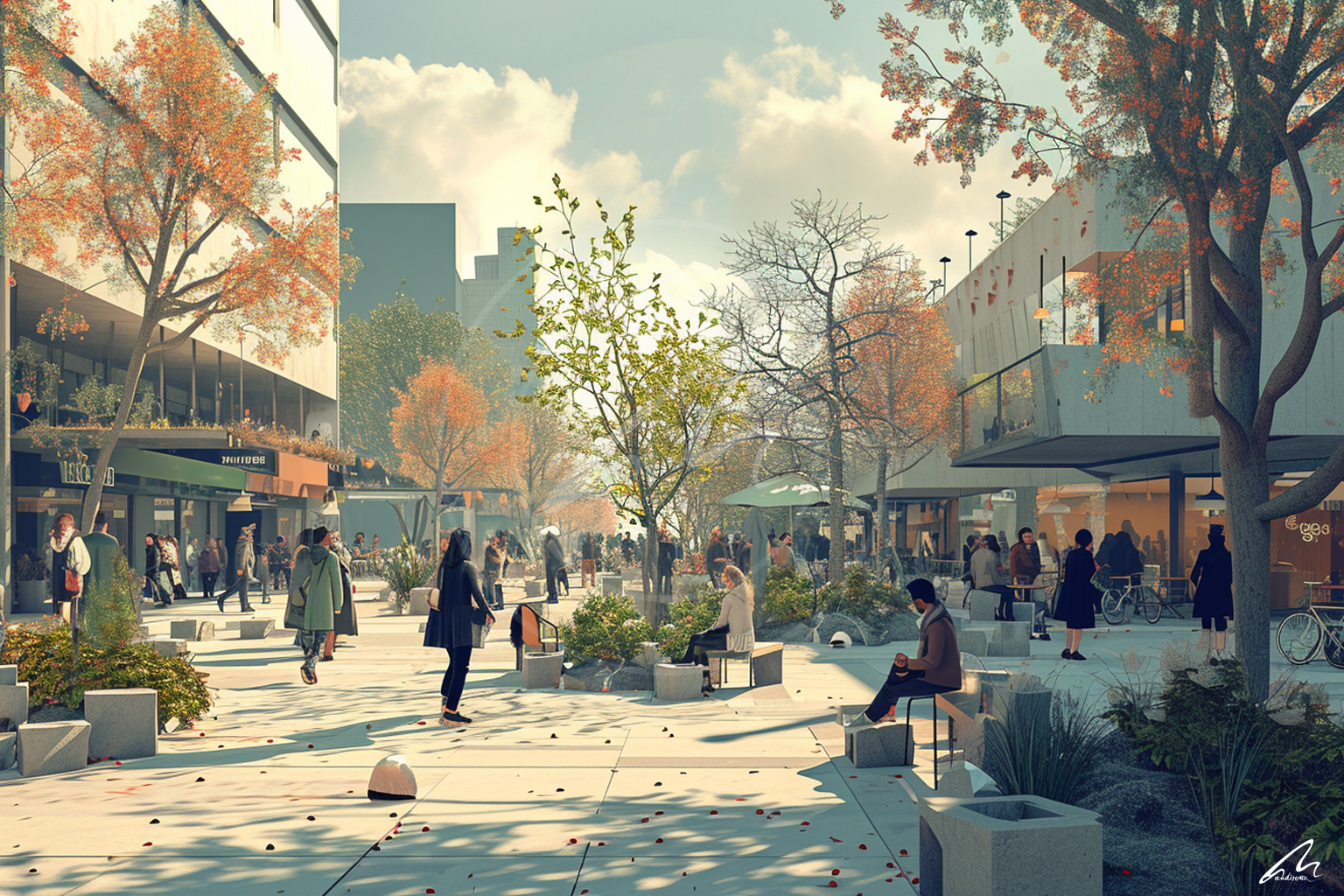The Influence of Urban Design on Social Equity
In the intricate tapestry of urban landscapes, we find more than just physical spaces; we discover dynamic ecosystems that intricately mold our lives, prospects, and overall well-being. The design choices we make in shaping our cities wield a profound influence on the distribution of resources, access to amenities, and the sense of inclusion experienced by residents. This intersection of urban design and social equity is where the transformative potential of our cities truly emerges.
Shaping Inclusive and Equitable Cities
At its core, social equity embodies the principle of equitable and just distribution of resources, opportunities, and benefits across society. It is the bedrock that ensures each individual is afforded an equal chance to flourish and contribute meaningfully to their communities. In the realm of urban design, the focus on social equity centers on cultivating cities that embrace inclusivity, accessibility, and a welcoming environment for all, irrespective of their diverse backgrounds, socioeconomic standings, or abilities.
How Urban Design Influences Social Equity
Accessibility: The thoughtful design of streets, sidewalks, and public spaces must prioritize universal access, catering to individuals of all abilities and mobilities. Key features such as curb cuts, ramps, and clear signage play a pivotal role in creating an environment that is navigable and welcoming to everyone.
Inclusion: Urban environments should radiate a sense of warmth and openness, embracing individuals from diverse backgrounds and abilities. This entails acknowledging and incorporating diversity across various dimensions, including age, race, ethnicity, gender, and sexual orientation, when conceptualizing and designing public spaces.
Diversity: Fostering equity in a city requires a varied landscape of housing options, businesses, and amenities. This encompasses the integration of affordable housing, the development of mixed-income neighborhoods, and the provision of a spectrum of retail and cultural offerings to create a city that is inclusive and caters to diverse needs.
Community Engagement: The process of urban design should unfold as a collaborative venture, drawing input from all residents, with a particular emphasis on those most directly impacted by development decisions. This collaborative approach ensures that the aspirations and necessities of all communities are thoughtfully considered throughout the design and planning stages.
“The trust of a city street is formed over time from many, many little public sidewalk contacts… Most of it is ostensibly trivial but the sum is not trivial at all.”
Jane Jacobs
Key Principles of Inclusive Urban Design

Numerous global instances underscore how urban design can serve as a catalyst for social equity. A few noteworthy illustrations include:
- Parklets: Temporary extensions of public parks onto sidewalks offer additional seating, greenery, and play areas, transforming underutilized spaces into vibrant community hubs.
- Shared Mobility Systems: Initiatives like bike-sharing and car-sharing programs provide affordable and accessible transportation alternatives, reducing reliance on personal vehicles and enhancing mobility for all residents.
- Mixed-Income Housing: Integrating affordable housing units into mixed-income neighborhoods nurtures social cohesion and mitigates the concentration of poverty in specific areas.
- Accessible Public Spaces: Designing parks, plazas, and public buildings with universal accessibility ensures that everyone can relish these spaces and actively participate in community life.
In Closing: Embracing Inclusive Urbanism
The influence of urban design on social equity resonates profoundly, extending its impact across a spectrum of dimensions. Prioritizing inclusivity, accessibility, diversity, and participation empowers urban planners and designers to craft cities that are inherently fairer, more equitable, and more inviting for all residents. As we endeavor to forge cities that are sustainable, resilient, and conducive to vibrant living, embracing the tenets of inclusive urbanism becomes paramount in ensuring that the dividends of urban life are equitably shared.

Your Insights and Narratives
I invite you to share your reflections and experiences concerning the nexus of urban design and social equity. How have you witnessed urban design shaping opportunities and experiences in your community? What instances of inclusive urban design have left a positive imprint on your life? Your perspectives serve as invaluable contributions, steering us collectively toward the realization of a more equitable urban landscape.
Together, let’s forge cities that embody the principles of social equity, where every individual has the opportunity to thrive, connect, and contribute to the tapestry of their communities.
Mahdiseño
As an architect, landscape architect, and digital artist, I'm passionate about the planet and want to contribute to our collective understanding of the challenges we face.
Recent Posts
The Art of Detailing: Why Small Elements Matter in Landscape Design
The Power of Sensory Experiences in Urban Design
The Role of Public Space in Community Building: Shaping Vital Connections
The Influence of Urban Design on Social Equity
The Tapestry of Life: Embracing Biodiversity in Urban Design
Urban Oasis: Reviving Cities through Innovative Landscape Architecture
We Can Make a Difference TOGETHER
Loving the planet is one of the most important things we can do as human beings. Earth is the only planet in our galaxy that can support life, and it provides us with essential life support such as air to breathe. Unfortunately, our planet is facing many challenges such as climate change, deforestation, pollution, and loss of biodiversity. It is up to us to make a difference and take action to protect the planet.
 Let’s shake the world.
Let’s shake the world.











Comment (1):
binance bonus za prijavo
I don’t think the title of your article matches the content lol. Just kidding, mainly because I had some doubts after reading the article.